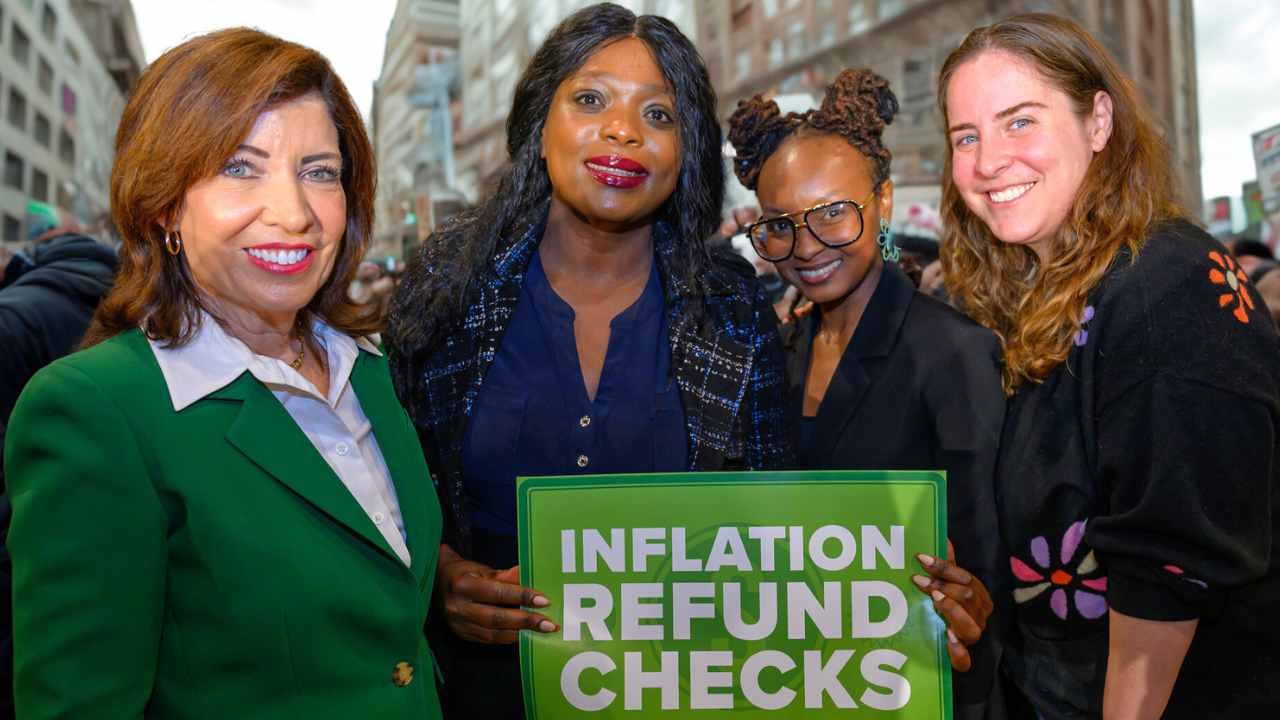We could all use a little financial relief in this economically unstable 2025, and all indications are that at least three states have answered the prayers of millions of taxpayers asking for a stimulus payment that could provide them with some financial relief. While it may seem like an ace up their sleeve, it’s not magic; it is money designed to stimulate local economies.
As inflation continues to rage, several state governments have decided to extend a helping hand with new economic relief programs. From refunds to direct stimulus payments, these initiatives seek to ease the pressure on the wallets of those who need it most. The best part? You don’t have to cross your fingers or wish upon a star—just meet some basic requirements.
What to expect after the end of federal stimulus checks
Following federal pandemic stimulus measures, some state governments continue to implement aid programs. New York, California, and Colorado have confirmed payments to residents this year. These measures respond to persistent economic pressures, such as inflation and high costs of living.
Recall that the federal government (during both the first Trump administration and the Biden administration) distributed significant payments between 2020 and 2021. The Pandemic Response Accountability Committee (PRAC) reported three rounds totaling more than 476 million payments. This aid totaled approximately $814 billion in direct financial support.
Currently, there are no plans for new stimulus checks nationwide. However, the initiative has shifted to certain states. These states seek to mitigate the continued effects of inflation and high spending on their residents in 2025.
New York implements inflation rebate
New York’s Governor Kathy Hochul proposed the state’s first inflation rebate. The initiative was approved and incorporated into the fiscal year 2026 budget. Single residents with annual incomes up to $150,000 can receive $300. Couples filing jointly and earning up to $300,000 would receive $500.
Due to inflation, Governor Hochul said, New York has generated unprecedented revenue through sales tax, which is now being returned to families in the form of tax refunds.
More than 8 million residents are eligible for this one-time rebate. Deliveries began in late April 2025 and continued through May, with some delayed refunds being sent in June. The stated goal is to help New Yorkers with rising costs.
California activates new round of stimulus payments
California has authorized another distribution of direct payments in 2025. Amounts for eligible households are up to $725. The exact amount depends on household size and income level. The program aims to support residents affected by current inflation.
Essential requirements include maintaining income within specific limits. Applicants must be legal residents of California. A recent state tax return must be filed. Priority is given to those who did not receive assistance in previous phases of the Golden State program.
Payments are made via direct deposit if bank information is on file. If bank information is unavailable, physical checks are mailed to the addresses on file.
Colorado distributes surpluses through the TABOR program
Colorado uses its Taxpayer Bill of Rights (TABOR) to return surpluses. A $1.5 billion fiscal surplus allows for new payments in 2025. Single taxpayers can receive up to $800. Married couples filing jointly can receive up to $1,600.
The financial relief is intended to support residents and stimulate the local economy. It seeks to strengthen consumer purchasing power in the face of inflation. The funds come directly from the surplus collected by the state.
Key requirements include filing the 2023 tax return DR 0104 by April 15, 2024. Residents must have lived in Colorado for at least one year and be at least 18 years old. They must have resided in the state for at least 183 days during the tax year. They must have no outstanding tax debts or relevant criminal convictions.
Payment methods include direct deposit, paper check, or prepaid debit card. The state determines the method based on available taxpayer information.




